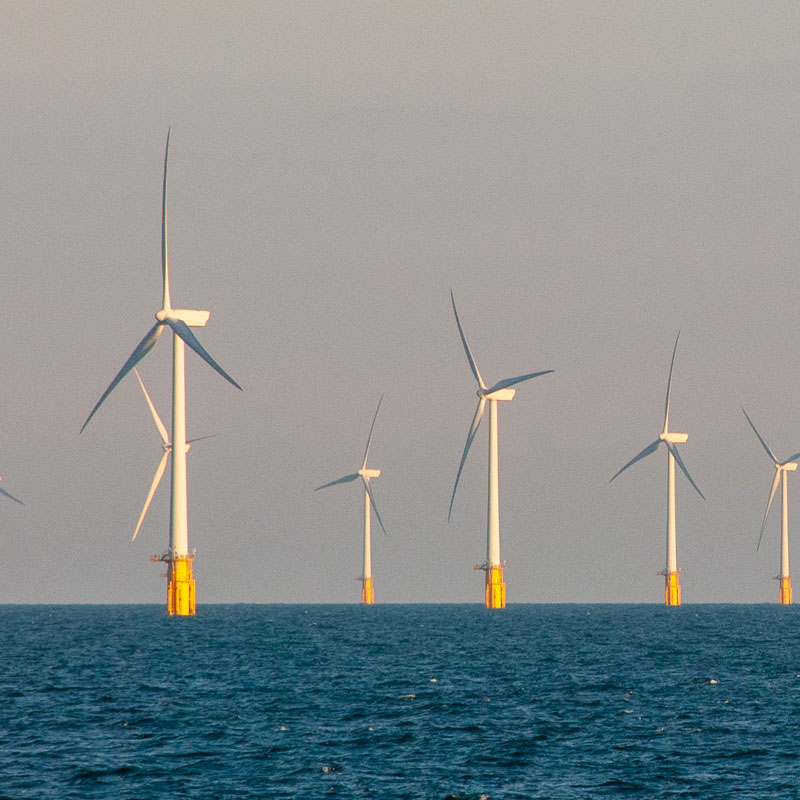“The results of Polenergia after three quarters prove the importance of diversification in the company’s strategy. The change of the regulatory environment forced companies operating in the field of wind energy to make write-downs and revise their development plans. Owing to conventional assets, Polenergia is able to flexibly and reasonably optimize its operations and reduce its costs while adapting its strategy to the market situation. Now the segment of distribution is getting more and more important. The planned investments in this area in 2017–2018 amount to over PLN 20 million. It will enable us to raise the regulated asset value by 26 percent and gain over 6 thousand new customers, which represents an increase by 58 percent.

